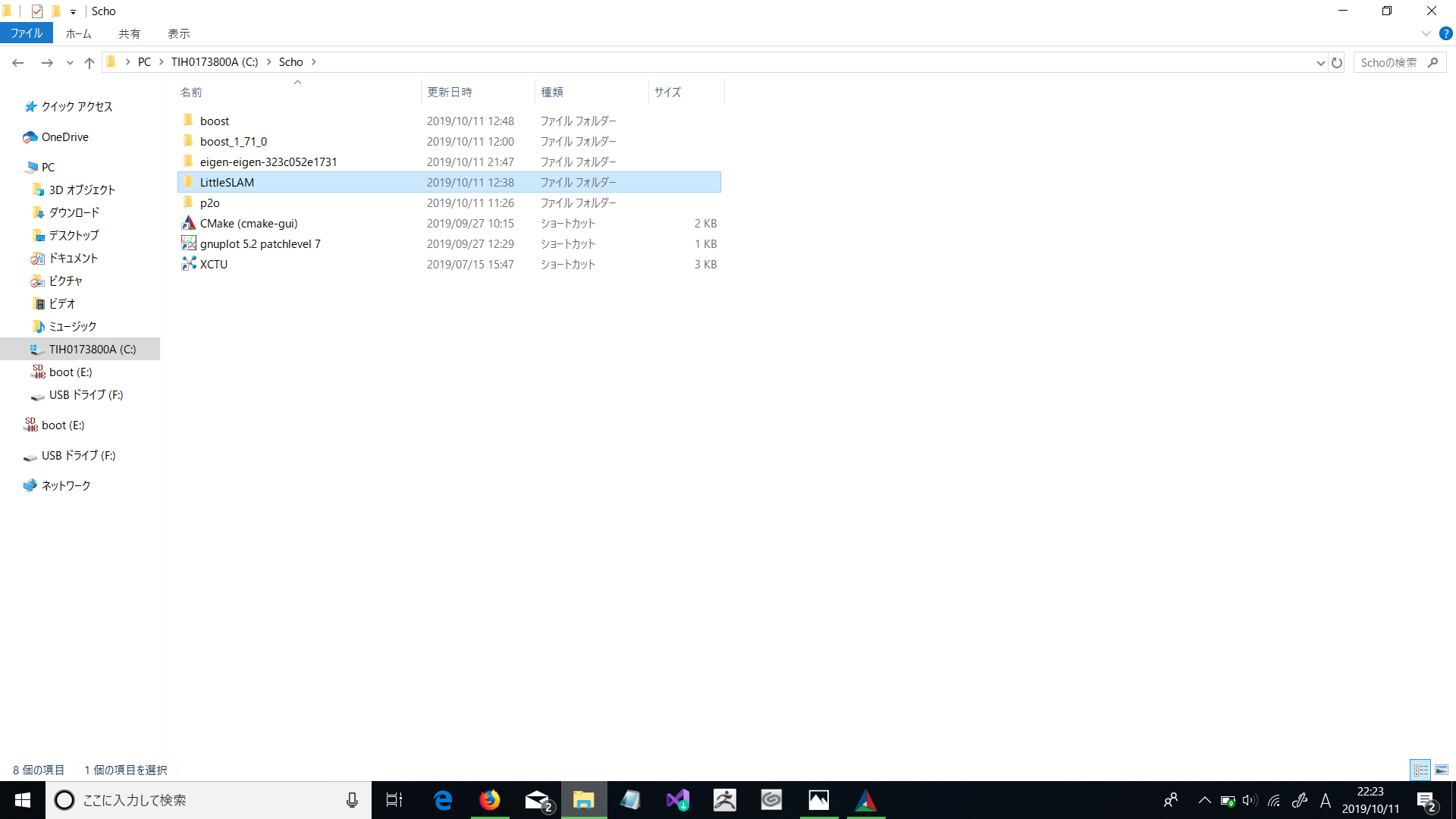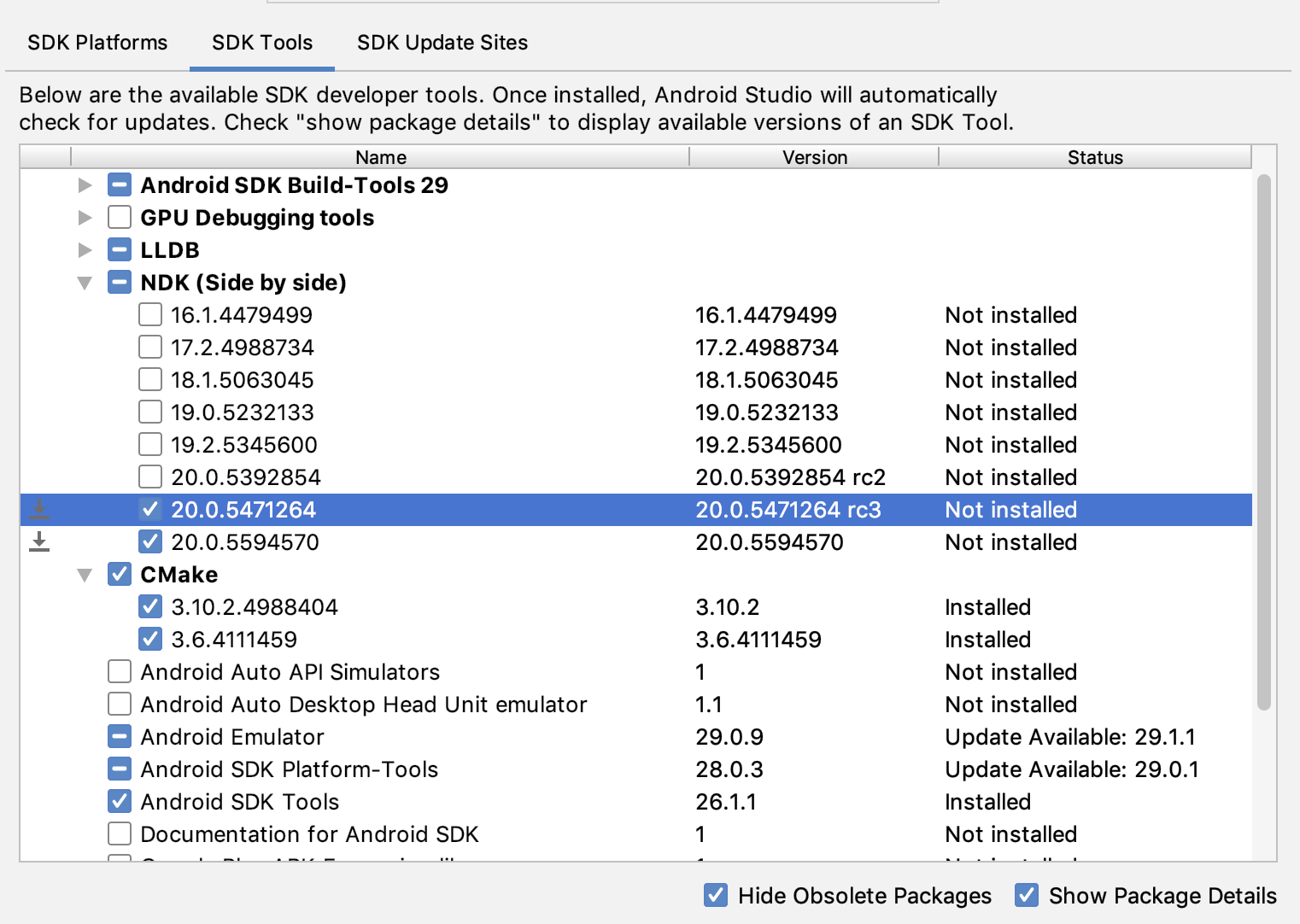
- #CMAKE INSTALL DIFFERENT VERSION HOW TO#
- #CMAKE INSTALL DIFFERENT VERSION FOR ANDROID#
- #CMAKE INSTALL DIFFERENT VERSION ANDROID#
- #CMAKE INSTALL DIFFERENT VERSION SOFTWARE#
- #CMAKE INSTALL DIFFERENT VERSION CODE#
#CMAKE INSTALL DIFFERENT VERSION CODE#
# cmake, native code will be compiled by CMakeLists.txt # ndk-build, native code will be compiled by Android.mk
#CMAKE INSTALL DIFFERENT VERSION ANDROID#
# android native code build type # none, native code will never be compiled.
#CMAKE INSTALL DIFFERENT VERSION FOR ANDROID#
We use the Gradle for Android applications, and Gradle use cmake to build the native code, see gradle.properties: PROP_NDK_MODE, it controls how native builds work. The default build is for running on actual iOS hardware, if you want to run in the simulator, please add -DIOS_PLATFORM=SIMULATOR for architecture i386 or -DIOS_PLATFORM=SIMULATOR64 for x86_64. Generate macOS Project cd cocos2d-xĬmake. to compile, or open Cocos2d-x.sln in Explorer to use the generated project. G "Visual Studio 15 2017" -Tv141Įxecute cmake -build. You should use out-of-source builds, this means you need to create a different directory than cocos2d-x to execute the cmake command.Įxecute make help to see all build targets, make build specified target Generate Visual Studio projects cd cocos2d-xĬmake. If the CMake version is lower than 3.1, please upgrade.

Open your terminal and execute: cmake -version
#CMAKE INSTALL DIFFERENT VERSION SOFTWARE#
CMake is used to control the software compilation process using simple platform and compiler independent configuration files, and generates native makefiles and workspaces that can be used in the compiler environment of your choice. If due to some reasons you are unable to install CMake using the above method then there is another way to install and that is using Command-Line in Ubuntu.CMake is an open-source, cross-platform family of tools designed to build, test and package software.
#CMAKE INSTALL DIFFERENT VERSION HOW TO#
Method 2: How to install CMake on Ubuntu using Command-Line Step 3 : You will be prompted with a dialogue box click “Remove” to erase the app:Īfter clicking on Remove CMake will be uninstalled from the system. Step 2 : Now find “CMake” from the list and click on the “Remove” button present in front of it: Step 1 : Go to Ubuntu Software Center and click on “ Installed tab” from top of window and all installed apps will be displayed: If you want to delete CMake from your system that was installed via the preceding technique, then follow the below mentioned procedure. How to Uninstall CMake through Ubuntu GUI Step 8 : You can launch CMake by clicking on CMake icon from the menu:

Step 7 : After the installation is successful, click on “Show Applications” icon to verify the installation: Step 6 : The downloading and installation will begin: Step 5 : “ Authentication Required” dialogue box will appear to authenticate users and you have to provide your Ubuntu Password and then click on authenticate. Step 4 : Hit click on the install button as demonstrated in the following image: Step 3 : To install CMake app click on “CMake” icon from search results: Step 2 : A new window of Ubuntu software center will be opened and in the search bar type “ cmake” and in the search result there will be option of CMake package you wanted to install: If you do not find it on the dock panel then search it from the applications menu. Step 1: First go to the Dock Panel and click on Software Center icon of Ubuntu: If you want to install CMake through Software Centre of Ubuntu then follow the procedure below:

If you find difficulty in installing a software by writing commands on Ubuntu terminal or if you are a beginner then you do not have to worry, we can install a package through Software Centre of Ubuntu, just like we install some app from Play Store or App store. So, follow the procedures mentioned below for successful and easy Installation: Method 1: How to Install CMake Using Ubuntu GUI The write up is focussing on the installation of CMake on Ubuntu. It is a tool which provides a workspace to compile files by your preferred compiler environment.ĬMake also allows numerous builds from the same source tree since it supports in-place and out-of-place builds. CMake is a multi-platform set of tools for creating, testing and managing software.


 0 kommentar(er)
0 kommentar(er)
